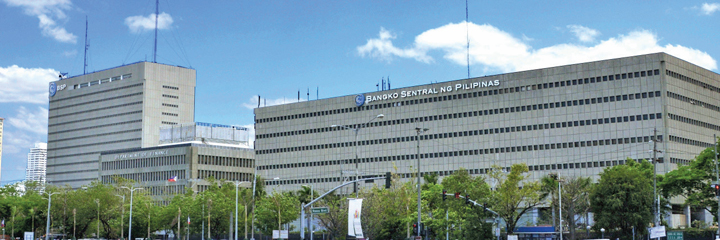
AMID tighter global monetary policy, rising inflation and continued risk aversion to loans by banks, the Bangko Sentral ng Pilipinas (BSP) on Thursday said it is staying the course in keeping the monetary policy in the Philippines accommodative to support growth.
In a virtual briefing on the BSP’s quarterly inflation report on Thursday, BSP Governor Benjamin Diokno said the BSP continues to be well-positioned in handling various economic developments in the global and local economic environment amid keeping the monetary policy on record low levels for the rest of the year.
“Together with appropriate fiscal and health interventions, keeping a steady hand on the BSP’s policy levers amid a manageable inflation outlook should allow the economic recovery to gain more traction,” Diokno said.
In its latest inflation report, the BSP said the balance of risks to the growth of commodity prices in the country has shifted towards the upside for the rest of 2021 but remained broadly balanced for 2022 and 2023.
According to the Central Bank, upside risks could emanate from pressures on international commodity prices amid improving global demand and lingering supply-chain bottlenecks, the potential effects of weather disturbances and a possible prolonged recovery from the African swine fever (ASF) outbreak.
The report also showed that banks continued to be risk-averse to lending despite improved conditions on the economy and on mobility.
The BSP said their third quarter 2021 Senior Bank Loan Officers’ Survey (SLOS) continued to reflect a net tightening of overall credit standards for loans to enterprises and households during the quarter using the diffusion index (DI) approach.
For enterprises, banks said the reported tightening of overall credit standards was mainly due to a deterioration in the profiles of borrowers and in the profitability of banks’ portfolio, a less favorable economic outlook, and a reduced tolerance for risk, among other factors.
On specific credit standards, the net tightening of overall credit standards was evident in terms of reduced credit line sizes; stricter collateral requirements and loan covenants; and increased use of interest rate floors. However, some form of easing in lending standards was identified in terms of longer loan maturities.
Banks also specified a net tightening of overall credit standards for household loans, particularly for housing, auto, and personal and salary loans; while results for credit-card loans showed easing lending standards.
Banks associated the overall tightening of credit standards for consumer loans with a less favorable economic outlook, a deterioration in borrowers’ profile, and a reduced tolerance for risk.
For specific credit standards, the overall net tightening of credit standards to households was manifested in reduced credit line sizes, stricter loan covenants, and collateral requirements.
Meanwhile, partial easing of lending standards for loans to consumers was reflected in forms of narrower loan margins and longer loan maturities.
“The latest Senior Bank Loan Officers’ Survey showed a net tightening of banks’ overall credit standards for loans both to households and enterprises, indicating that banks remain risk-averse in lending,” Diokno said.
On the global front, the BSP governor said while other central banks are rethinking their accommodative stance, the Philippines has enough tools in its arsenal to manage any volatility that may arise from global changes in monetary policy.
“Many central banks in advanced and emerging economies have started reassessing their respective monetary policy settings in view of surging prices owing to strong demand and persistent supply constraints. The BSP, however, is confident that the Philippines is well-placed to recover over with a possible tightening of global financial conditions,” Diokno said.
“We continue to have a full range of policy tools at our disposal. These include timely participation in the foreign exchange market to smoothen volatility as well as macroprudential measures to target specific imbalances and prevent the build-up of risks in the financial system,” he added.

